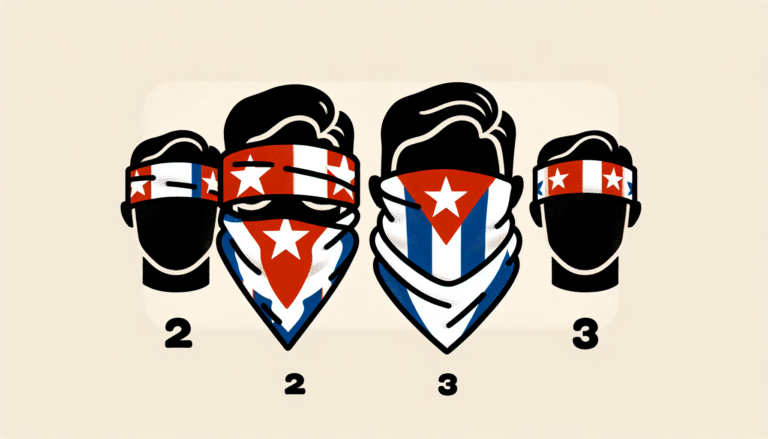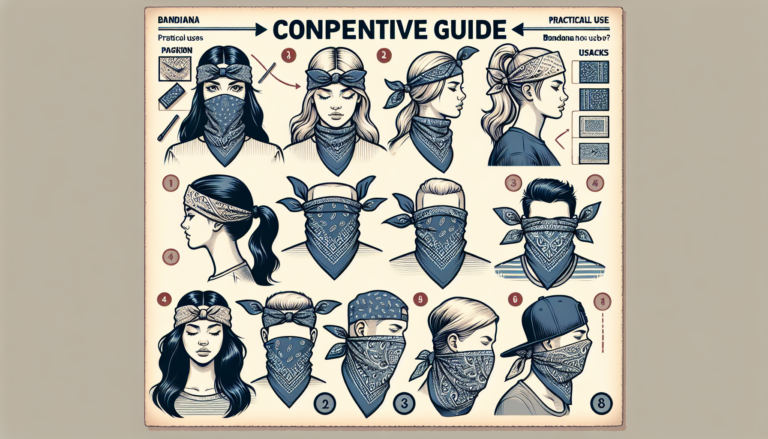It’s a disturbing trend, and you’ve probably seen it play out several times over – that is, people outdoors during winter woefully underdressed for the cold.
It’s hard to miss these days. People, for example, waiting at the bus stop in frigid temperatures wearing no hat, only a light jacket, and sometimes shorts or people going for a quick drive to the store wearing only pajamas and slippers – these happen all too often. Buses can be late and cars do break down.
This is dangerous. When you aren’t dressed for winter weather, hypothermia is a real possibility – and it can be deadly.
One of the best things you can do to stay warm – and alive – in winter’s frigid temps is to wear a quality winter hat. As the ad urges, “Don’t leave home without it.”
Cold Weather and Hypothermia
Every year in this country, about 1,330 people die from hypothermia and cold exposure. And it’s not just wilderness adventurers. That figure includes a lot of unfortunate people in urban areas. Don’t be one of them!
But what is hypothermia, exactly?
“Hypothermia is a medical emergency that occurs when your body loses heat faster than it can produce heat, causing a dangerously low body temperature. Normal body temperature is around 98.6 F (37 C). Hypothermia . . occurs as your body temperature falls below 95 F (35 C).”
Ninety-five degrees is not much lower than normal body temp. So it’s easy to see how quickly hypothermia can occur. And here’s how it plays out . . .
“When your body temperature drops, your heart, nervous system and other organs can’t work normally. Left untreated, hypothermia can lead to complete failure of your heart and respiratory system and eventually to death.”
The takeaway here is to dress appropriately for winter weather and make sure you wear a winter hat.
Why Wear a Winter Hat?

Now, you’ve probably heard that you lose most of your body heat through your head. This really isn’t true to the degree you’ve been told, but you do lose heat through your head. And you need to prevent that heat loss.
In a study conducted by the University of Manitoba in Canada, “volunteers were given drugs to stop them shivering, which the body does involuntarily to stem heat loss. Then they were lowered with a hoist into cold water. In some trials they were entirely submerged. In others they were not lowered as far: their heads were left exposed above the water’s surface. The second variable in this experiment was their clothing. Sometimes they just wore swimming costumes. At other times they were insulated by a rubber dry suit, two pairs of socks and wool gloves. Everyone spent 45 minutes in 17C (62F) water.”
The Findings?
“All the volunteers lost heat quickest when they initially entered the water. But the rest of the results debunk popular expectation. The volunteers whose heat loss came almost entirely from their heads (those who were fully submerged whilst wearing insulating clothing) lost only half as much heat as those whose heat loss came almost entirely from their bodies (the volunteers in swimming costumes with their heads poking out of the water). In other words, we don’t lose most heat from our heads. The results show that having your head immersed in cold water only adds 10% to your overall heat loss in a cold pool. And given that the head accounts for 7% to 9% of the body’s surface, that doesn’t seem excessive.”
This seems to suggest that wearing a winter hat isn’t all that critical because we don’t lose much body heat through our heads. But there’s more to the story than that.
You still have to keep your head covered and warm. Even when your body is well covered and insulated, if your head gets cold, your body’s core temperature will drop more rapidly than it otherwise would. And it’s that core temperature that matters.
In addition, your scalp contains a large number of small blood vessels very close to the surface. (Ever notice how fast and how much your head bleeds when you cut it?) If you’re out in the winter weather with your head uncovered, the warm blood from your body gets cooled as it passes through your scalp. Then this cooled blood travels back down to your body, cooling your body and lowering its core temperature. So although you don’t lose the mythical amount of heat through your head that you’ve been told, going hatless in the winter can still contribute to your getting cold and inviting hypothermia.
And there’s more . . .

Another reason to wear a winter hat has to do with shivering. As you likely know, shivering is your body’s involuntary response to getting cold. These involuntary (and annoying) muscle contractions are a survival mechanism that serves to raise your body temp (or at least slow the rate of cooling) and so keep you alive.
But here’s the kicker. You shiver only when your body cools – you don’t shiver when only your head gets cold. This means then that if you dress warm but go hatless and your head gets cold – which does in fact lower your body’s core temp – the survival mechanism of shivering doesn’t kick in. And if you don’t shiver, your body cools more quickly than it otherwise would.
Obviously, then, wearing a hat can go a long way toward ensuring you stay as warm as possible.
Top 3 Winter Hat Picks to Keep You Warm This Winter
So now let’s get to our top 3 winter hat picks that will help you stay warm and safe this winter.
Beanie

Really, you just can’t beat a beanie for a winter hat. It’s an old standby in winter headwear not only because it fits snugly to keep body heat in, but a beanie with knit synthetic fibers possesses wicking qualities so that your head stays warm even when you sweat.
Ski Mask

A beanie, while a great choice for a winter hat, can’t keep your face warm. And that’s a critical consideration when those frigid winter blasts are pounding your face. But a full-face ski mask can do the job admirably, and that’s why it’s the winter hat of choice for skiers and other winter outdoor enthusiasts.
Trapper Hat

A trapper hat (trooper hat) may be the king of all winter hats. Trapper hats have those signature ear flaps to keep your ears and cheeks protected and warm, and you can also wear them up if the sun comes out and it warms up. These hats have been preferred for decades by outdoor enthusiasts who have to be out in harsh conditions for extended periods. We recommend a trapper hat with a faux fur lining for reliable warmth and easy cleaning.
Where to Get Your Quality, Affordable Hats for Winter Warmth
We hope you’re convinced by now that you absolutely need a warm winter hat when out in the blustery winter weather.
When you’re ready to get your winter hats, go to the hat source that offers both quality products and great prices coupled with superior customer service – Bandana.com.
Here at Bandana.com, we offer a wide selection of all kinds of hats for any occasion and any weather. You can get more information about us here.





